This year’s Turner Prize is less saucy than previous. An annual event designed to generate an online fissure between pretentious middle-class elites who manipulate the media into believing that mutilated animal carcasses preserved in formaldehyde and a woman’s unmade bed is high culture, in past years the Turner Prize has accommodated a series of stunts, as well as spectacles and grotesqueries, that make the tabloids salivate. This year’s exhibition is a comparatively dull event - all of the pieces are films, and some of them are really long (just one of Naeem Mohaiemen’s two films displayed is 93 minutes long). No spectacle greets you on entrance, and to look at the art you have to go into a dark room where you can’t even see the other guests (though the darkness does make it easier to eat a packed lunch, which I would recommend you trying because the films are really, very long).
However, the calibre of the artworks shown at this year’s exhibition makes up for - maybe even exceeds - the salacious attraction of watching other people getting angry about contemporary art and the decline of modern civilisation. I would even go as far as to claim that on the whole, the films shown by nominees Naeem Mohaiemen, Charlotte Prodger, Luke Willis Thompson and the interdisciplinary team that is Forensic Architecture, are pretty spectacular.
The Turner Prize wouldn’t be what it is without a degree of controversy, and the decision this year to present documentary film as artwork raises the usual question of what constitutes art (to which the response is generally: not this crap) but also the more interesting question of how much power an artistic institution does, or should have in legitimizing a particular perspective. In particular, the use of criminal evidence as spectacle, as seen in Forensic Architecture’s piece, The Long Duration of a Split Second, can be read as making a dubious claim to art. The institution’s framing of this year’s Turner Prize is slightly too self aware; on entrance you are accosted by an unsubtle articulation of its three themes (Power, Visibility, Truth), and a series of heavy handed philosophical questions that seem to be designed as a helping hand to ensure that you ask the right kind of questions once inside, e.g does the Turner Prize have a duty to present truth instead of questioning where are all the dead animals and paintings are?
Although the Turner Prize’s implicit self-designation as the unacknowledged legislators of the world is vaguely nauseating, the films themselves offer a much more nuanced approach to questions of authority and perspective. Forensic Architecture’s piece, The Long Duration of a Split Second, is the fascinating result of a month-long investigation into events on the night between 17-18 January 2017, in which attempts by police officers to clear an unrecognised Bedouin village resulted in the deaths of two people. The piece uses video, photographs, scale models, and reproductions of tweets and social media posts to rigorously analyse, and reconstruct incidents that occurred within a few seconds.
Using technology to reconstruct a narrative that is constantly adapting according to new evidence, and documenting the various media responses to the events, encourages the audience to question the limits of perception by making the viewer complicit as witnesses to a crime. Conceptually speaking, the piece is a masterpiece, and practically speaking the technology used offers great potential for forensic analysis. Forensic Architecture is an international research agency that uses various architectural and technological processes to investigate cases of state and corporate violence, and co-operates with human rights organisations including Amnesty and the UN. This piece in particular toes the line between art and documentary, and can be read as a potentially uncomfortable positioning of the viewer as a voyeur to scenes of violence and distress. Making the viewer uncomfortable is often implicit in the Turner Prize shows, and so making that explicit within a political context is refreshingly honest.
In his film Two Meetings and a Funeral, Naeem Mohaiemen similarly uses documentary film to re-asses past narratives. Shown across three screens, the film tells the story of the rise and fall of the Non-Aligned Movement, an alliance of Third-World countries that formed an alternative to the West. It is a stunning historical exploration into the failures of socialism, and the challenges of decolonization, often triggered by the breakdown of unstable alliances. The spaces that the film occupies are what Mohaiemen calls ‘sites of disappointment’; crumbling administrative centres of empire and anti-imperialism, articulated through images of murky summit rooms and decaying sports stadiums, proving that a 1970’s corporate aesthetic can be strangely captivating.
Familiar faces appear throughout, iconic but unannounced – Fidel Castro announces Yasser Arafat, who presents a striking character wearing sunglasses indoors. A film largely devoted to the public arena, moments of intimacy are established through anecdotes, such as the recollection of how when Madame Nhu visited Algeria, she enjoyed a meal of sardines with a group of workers, or the story of how a generation of Indian and south Asian children were named after Sputnik. Empty archives and abandoned conference rooms are presented on three screens that, counterintuitively, reinforce a sense of the limits of perception. Two Meetings and a Funeral tells a painful tale of stifling bureaucracy, smoke filled negotiations rooms, and lamentations of buildings built on optimism, that are structurally impossible to maintain – ‘shabby days after they are built’.
This focus on the public spaces of history contrasts Charlotte Prodger’s approach to a collective narrative in her film BRIDGIT, which is filmed on her smartphone and lingers for up to four minutes on a particular image, many of which are startlingly mundane and convey a real sense of intimacy – grubby trainers, or a cat’s head rubbing a lamp. Questions of identity are pronounced, but reconstructed within a timeless context. Diary entries recount incidents of misgendering, following an interrogation into the relevance of names and labelling, and Neolithic figures haunt the film’s present, such as references to Brigit’s Neolithic contemporary ‘Bri’. Personal testimony is inscribed onto harsh landscapes, accompanied by excerpts of literature, and a soundtrack that features jazz music and the sound of bagpipes. Prodger articulates a sense of selfhood both embodied and disembodied, at once tethered to the present and spanning generations.
Identity is a focal point for this year’s Turner Prize, but the identity of any individual artist is notably absent. The pieces currently on show at Tate Britain feel a world away from the physical proximity of the artists’ person imposed by the exposure of her bedsheets; the films are analytic, curious and interrogate rather than impose meaning. Whether or not it is the duty of the Turner Prize to present truth, I frankly don’t care, but the films currently exhibited at Tate Britain are undeniably worth a few hours of your time.

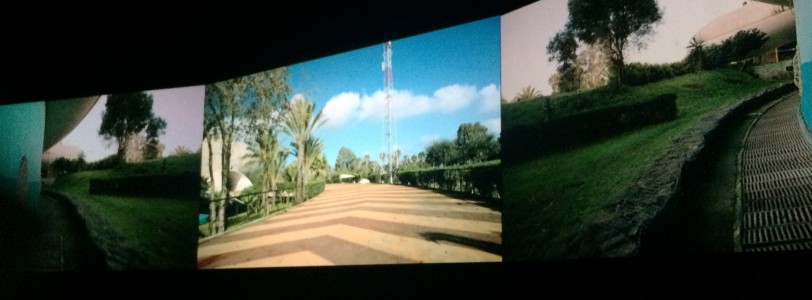
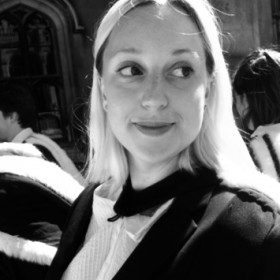
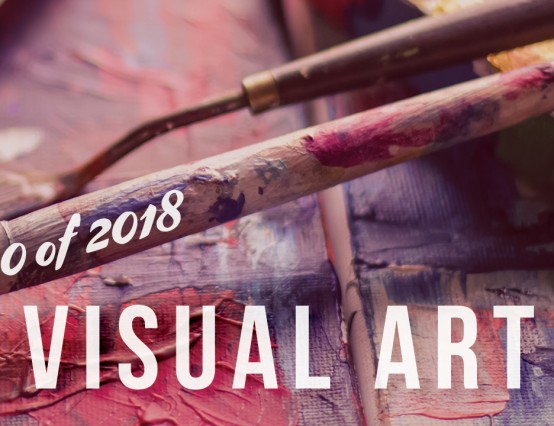
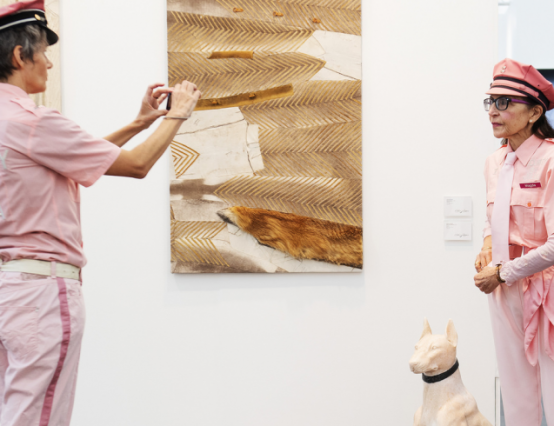
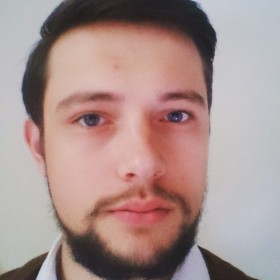


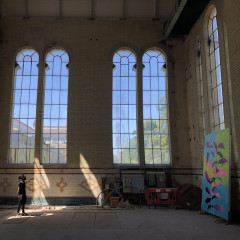
Love this blog, Polly. Sounds like there's a lot going on there - how long do you think it would take to fully see and enjoy everything there?